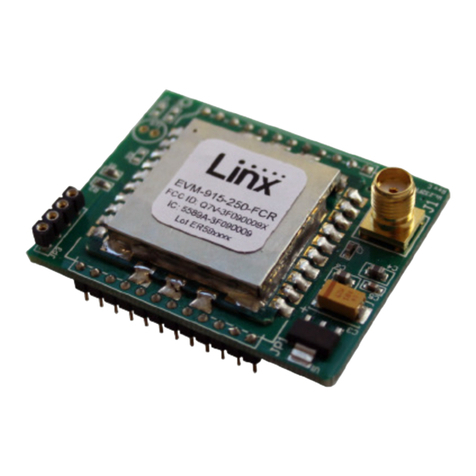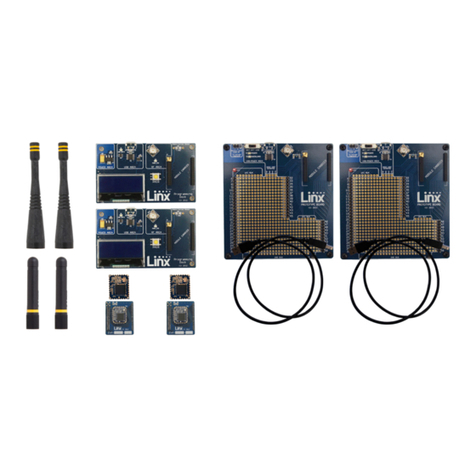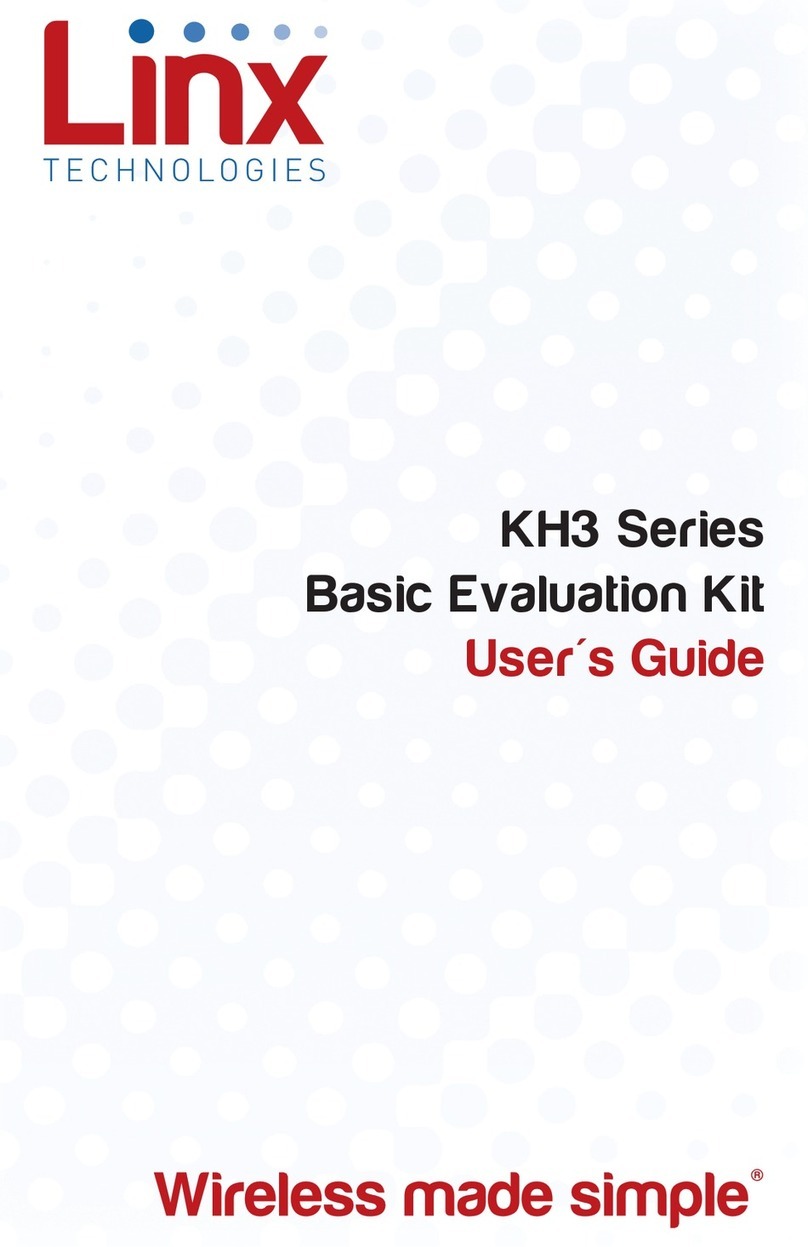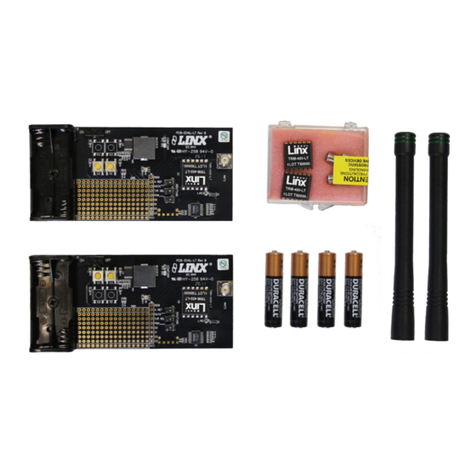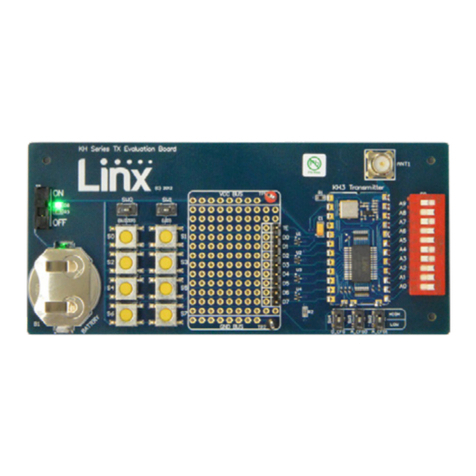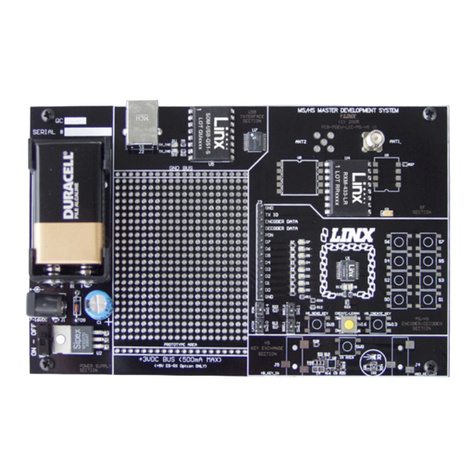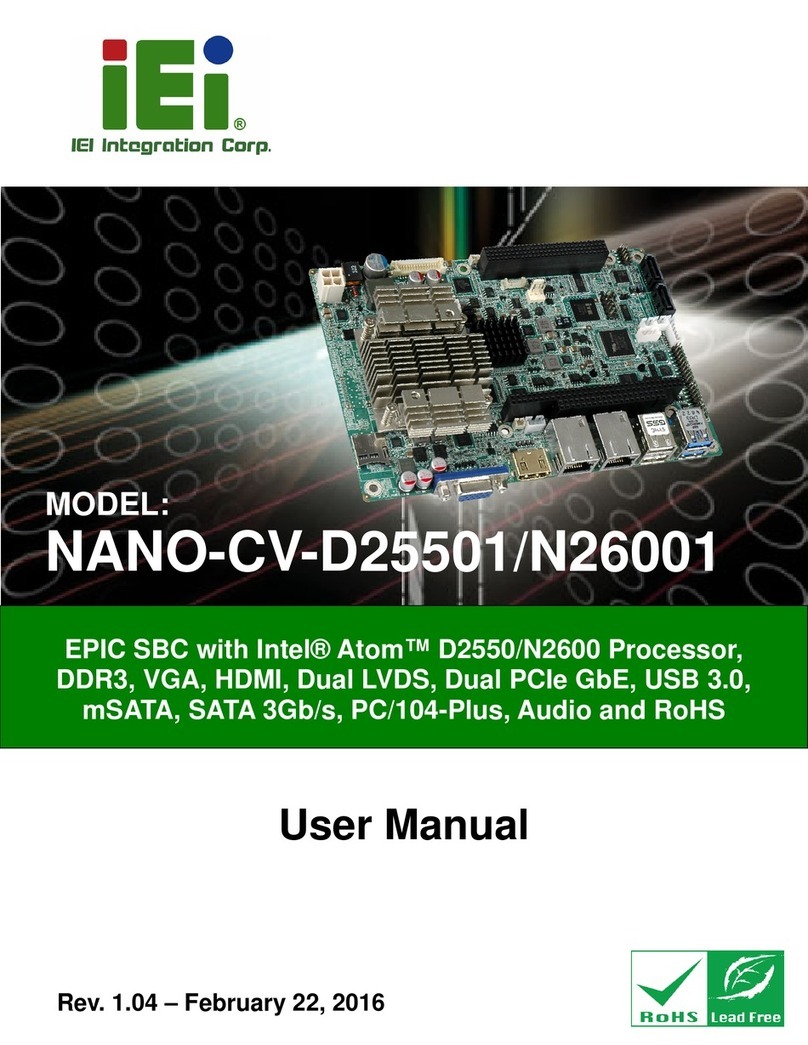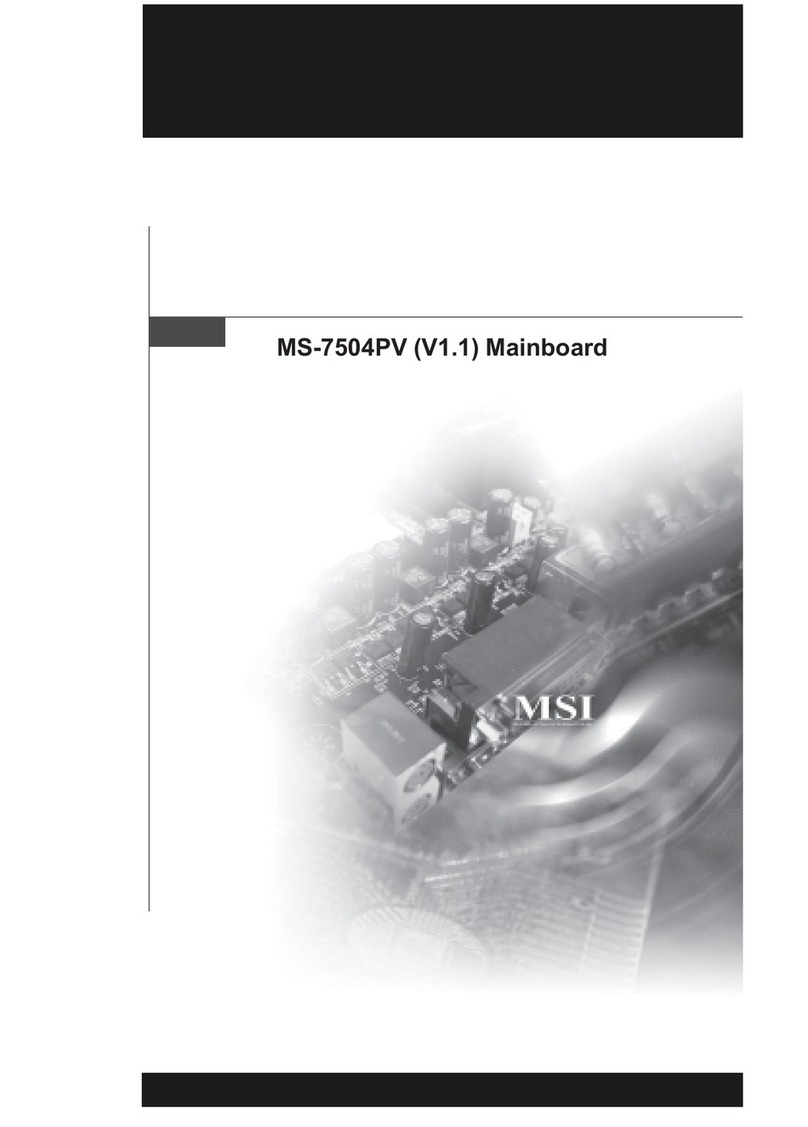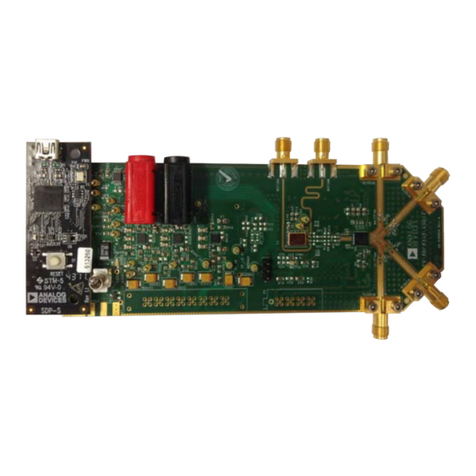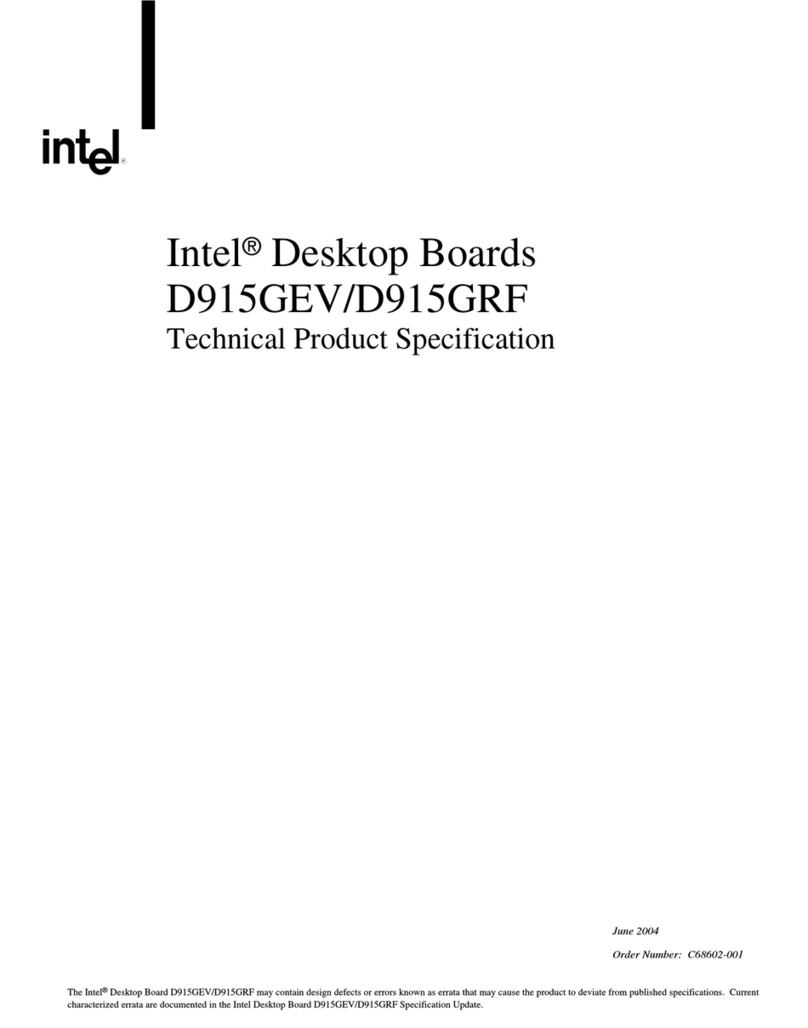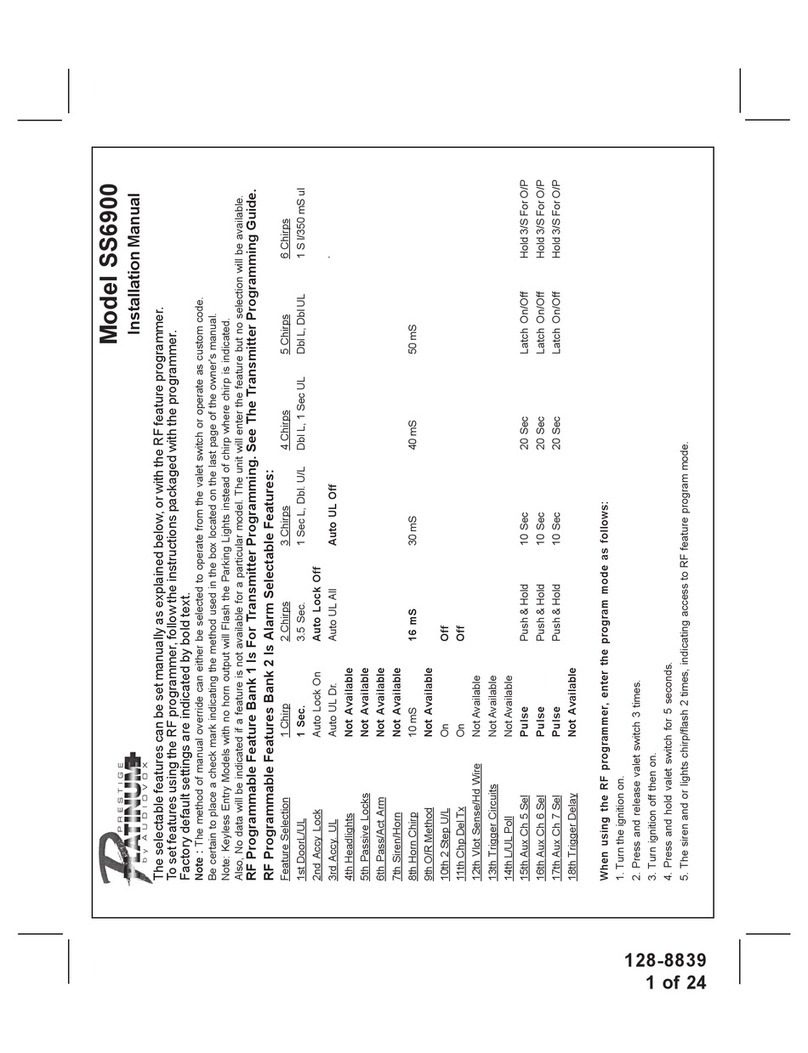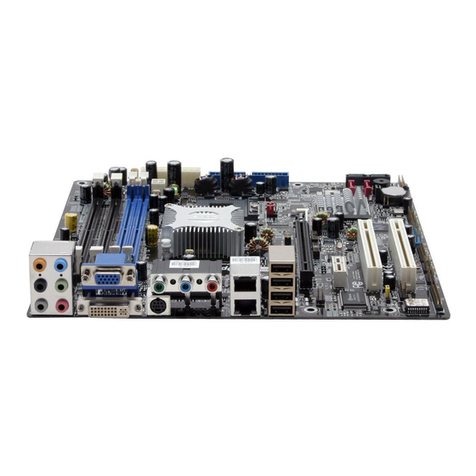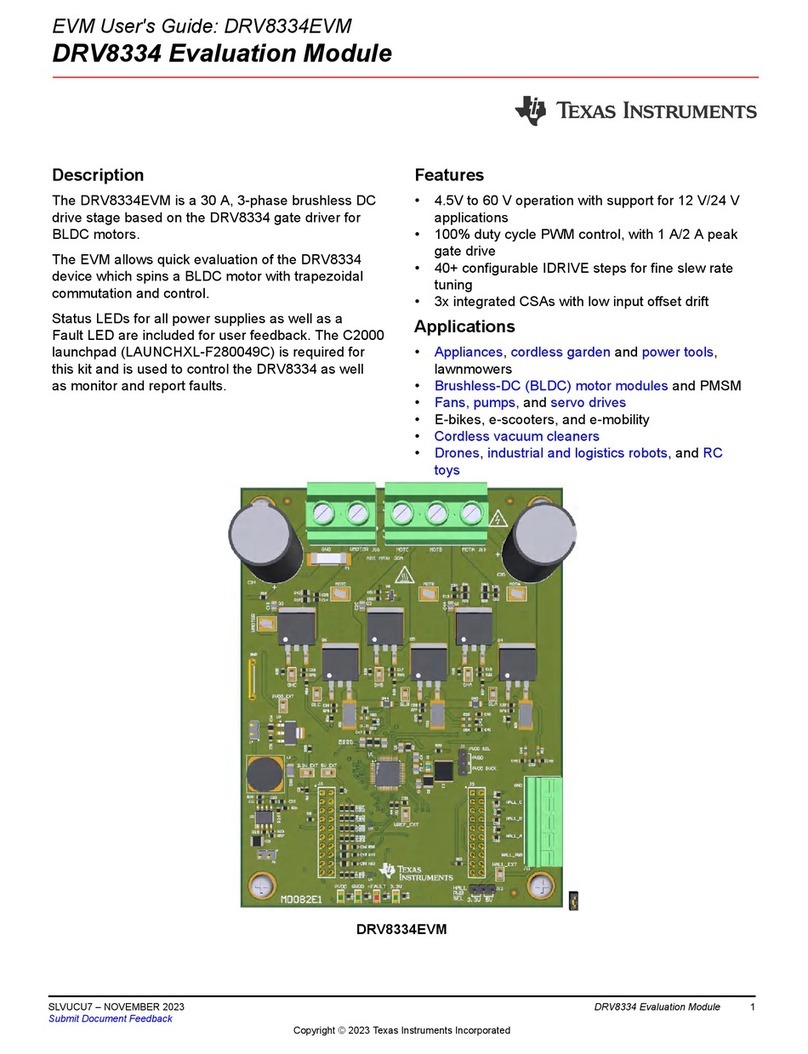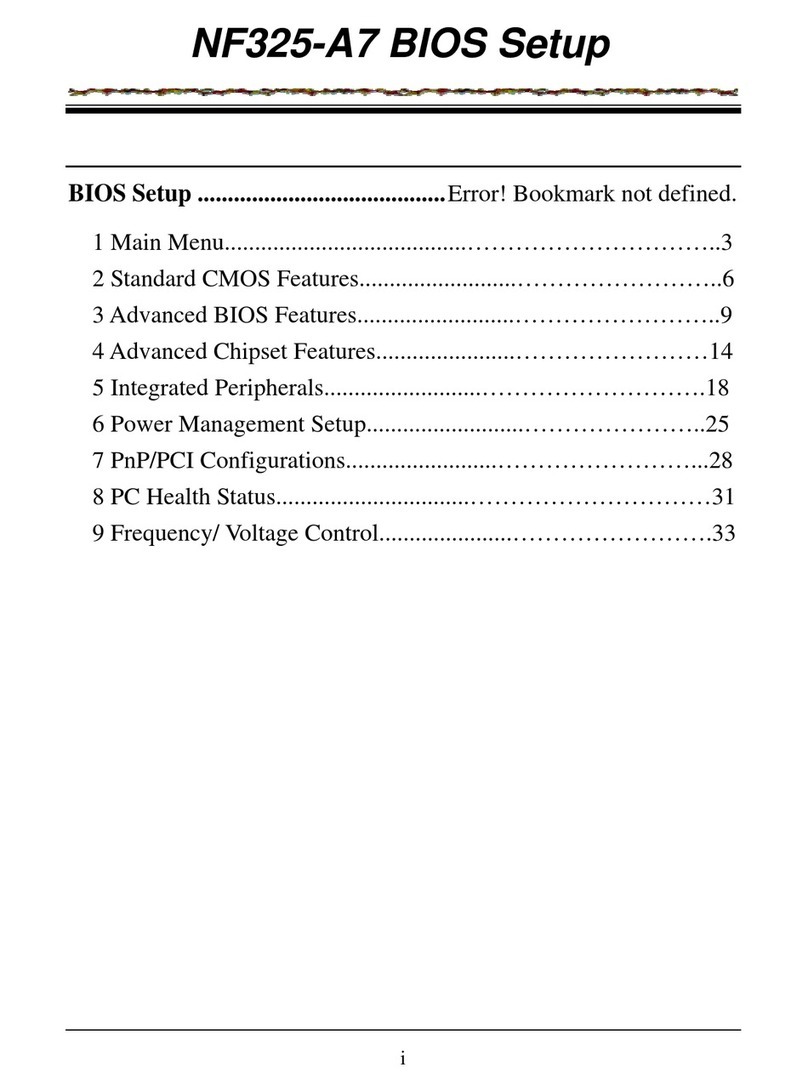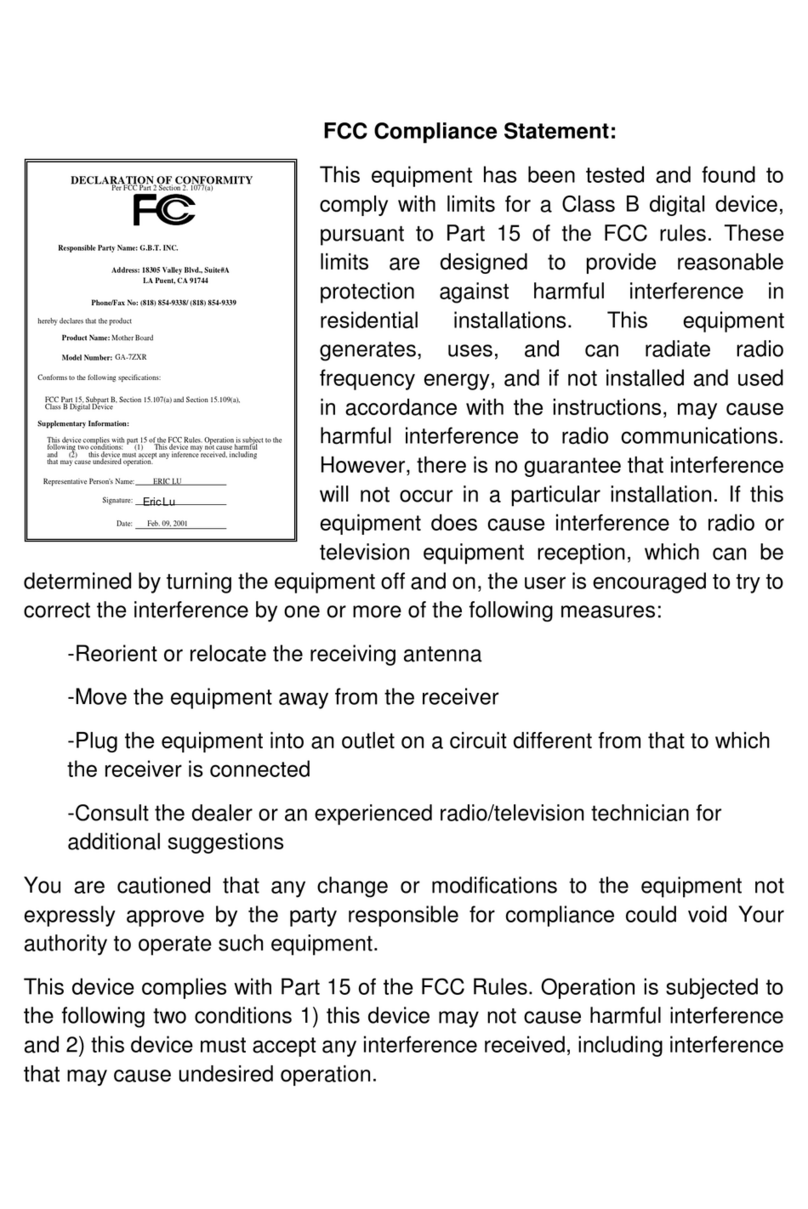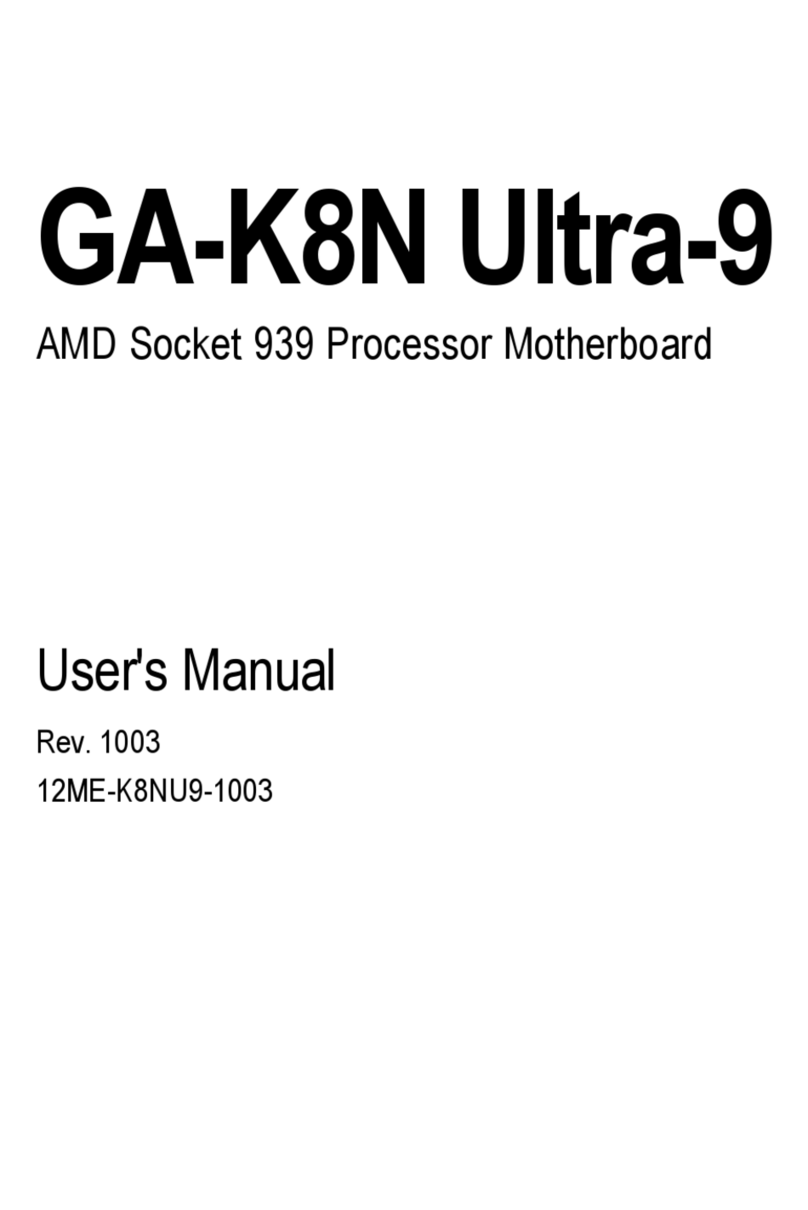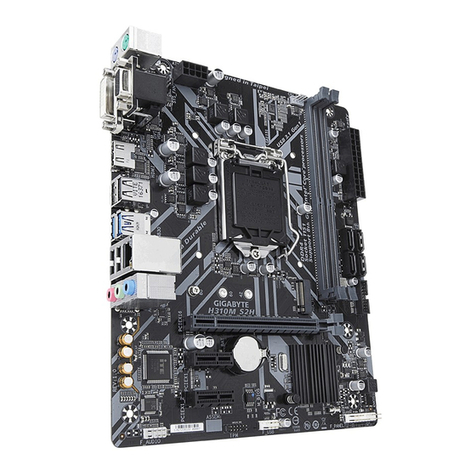
–– – –
67
Range Testing
Several complex mathematical models exist for determining path loss in
many environments. These models vary as the transmitter and receiver are
moved from indoor operation to outdoor operation. Although these models
can provide an estimation of range performance in the field, the most
reliable method is to simply perform range tests using the transmitter and
receiver in the intended operational environment.
Simple range testing can be performed with the transmitter and receiver
evaluation boards. To prepare the board for range testing, simply turn it
on by switching the power switch to the ON position. Pressing S0 on the
transmitter activates the buzzer on the receiver board, while S1 activates
the LED. Switches SW0 and SW1 have been provided to jumper the
buttons and continuously transmit. This allows the designer to turn on the
transmitter and walk with the receiver.
As the maximum range of the link in an area is approached, it is not
uncommon for the signal to cut in and out as the transmitter moves. This
is normal and can result from other interfering sources or fluctuating signal
levels due to multipath. Multipath results in cancellation of the transmitted
signal as direct and reflected signals arrive at the receiver at differing times
and phases. The areas in which this occurs are commonly called “nulls”
and simply walking a little further usually restores the signal. If this does not
restore the signal, then the maximum effective range of the link has been
reached.
Since the evaluation boards are intended for use by design engineers,
they are not FCC certified. The transmitter has been set to approximate
legal limits by resistor R9 so that the range test results will approximate the
results from a well-designed, certified product. For applications where Part
15 limits are not applicable or output levels can be legally raised due to
protocol duty cycle, R9 can be changed according to the attenuation graph
in the ES Series Transmitter Data Guide.
To achieve maximum range, keep objects such as your hand away from
the antenna and ensure that the antenna on the transmitter has a clear and
unobstructed line-of-sight path to the receiver board. Range performance
is determined by many interdependent factors. If the range you are able to
achieve is significantly less than specified by Linx for the products you are
testing, then there is likely a problem with either the board or the ambient
RF environment in which the board is operating. First, check the battery,
switch positions, and antenna connection. Next, measure the receiver’s
RSSI voltage with the transmitter turned off to determine if ambient
interference is present. If this fails to resolve the issue, please contact Linx
technical support.
Using the Boards as a Design Reference
The basic evaluation boards included in this kit are very simple, yet they
illustrate some important techniques that should be incorporated into the
board layout. The module’s mounting pads extend slightly past the edge of
the part. This eases hand assembly and allows for better heat conduction
under the part if rework is necessary. A full ground plane fill is placed on the
bottom of the board. This ground plane serves three important purposes:
First, since a quarter-wave antenna is employed, the ground plane is
critical to serve as a counterpoise (please see Application Note AN-00500
“Antennas: Design, Application, and Performance” for details on how a
ground plane affects antenna function).
Second, a ground plane suppresses the transfer of noise between stages
of a product as well as unintentional radiation of noise into free space.
Third, a ground plane allows for the implementation of a microstrip feed
between the module and the antenna. The term microstrip refers to a PCB
trace running over a ground plane that is designed to serve as a 50-ohm
transmission line. See the ES Series data guide or the calculator available
on our website for details on microstrip calculations.









